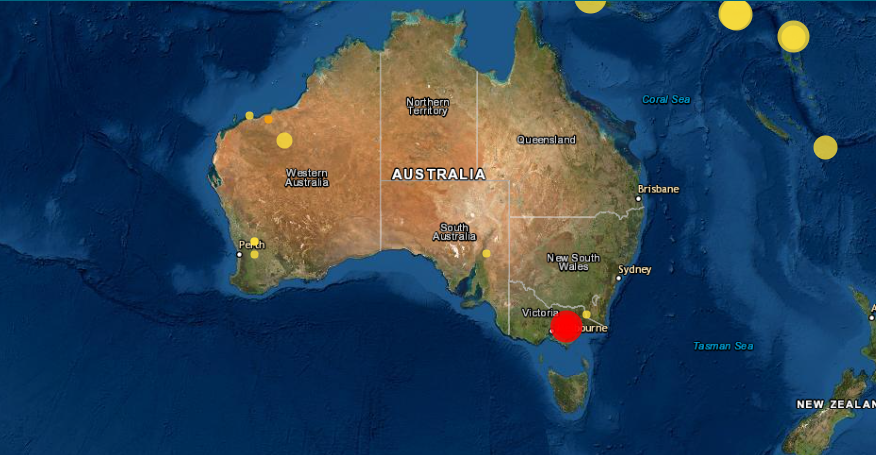
EXPERT REACTION: Magnitude 5.8 earthquake felt across south-east Australia
Not peer-reviewed: This work has not been scrutinised by independent experts, or the story does not contain research data to review (for example an opinion piece). If you are reporting on research that has yet to go through peer-review (eg. conference abstracts and preprints) be aware that the findings can change during the peer review process.
Mansfield, Victoria was rocked by a magnitude 5.8 earthquake at 9.16 AEST this morning, and the tremors were felt as far away as Adelaide, Launceston and Sydney. In Melbourne, people were evacuated from their apartments with reports of building damage in Victoria.
Organisation/s: Australian Science Media Centre
Funder: N/A
News for:
Australia
NSW
VIC
QLD
SA
Media contact details for this story are only visible to registered journalists.


Expert Reaction
These comments have been collated by the Science Media Centre to provide a variety of expert perspectives on this issue. Feel free to use these quotes in your stories. Views expressed are the personal opinions of the experts named. They do not represent the views of the SMC or any other organisation unless specifically stated.